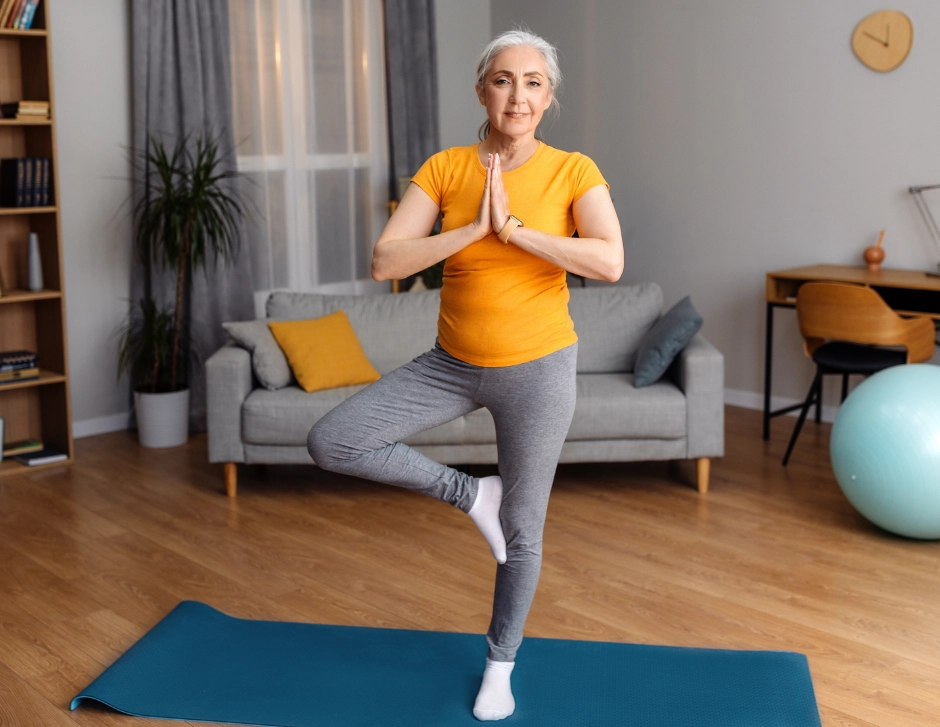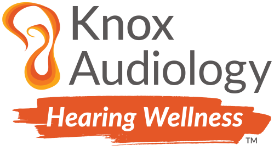Understanding the Role of Vestibular Testing in Diagnosing Balance Disorders

Our ears play two essential roles in our daily lives, they contain organs to help us hear but also to maintain our balance. The vestibular system is made up of specialised structures in the inner ear which plays a significant role in maintaining our balance and spatial orientation. It does so by detecting changes in head position and movement, helping us stay upright and stable. It also contributes to our eye movement control and spatial awareness. These specialised structures form our balance organs. There are two organs: the semicircular canals, and the otoliths, which are known as the saccule and the utricle.
The semicircular canals detect rotational movement of the head which helps us with our balance and posture. The fluid in the semicircular canals moves according to the direction and speed of our head movement to stimulate hair cells in the semicircular canals during head movement which in turns signals the direction and how fast our heads are moving. The otoliths detect linear acceleration and gravity of our head based on the direction of movement which enables us to have spatial orientation. The vestibular system also works very closely with the visual system, our eyes, through a reflex called the vestibular ocular reflex (VOR) to maintain visual stability when we move our heads. Together the vestibular system works with inputs from other sensory systems including the visual and proprioceptive systems to give us spatial awareness to allow us to navigate identify the body and movement in space.
When the vestibular system is damaged it can cause an onset of symptoms like vertigo (feeling of the world/room spinning), dizziness, imbalance, and spatial disorientation. To figure out the area of dysfunction and the underlying cause of the symptoms, different tests can be performed to assess the function of the vestibular system. These types of tests are able to measure our balance organ and inner ears by using our visual, proprioception or touch and vestibular sensory systems, as these systems work together to control our balance, and it is also able to locate the area of dysfunction in the vestibular system. Tracking and monitoring eye movement is most commonly utilised in vestibular testing as there is an important reflex called vestibulo-ocular reflex (VOR), which while the head is in motion VOR maintains clear vision by generating eye movement. When testing, the equipment assesses VOR, to track involuntary eye movement called nystagmus.
There are a few tests which can be performed to measure the function of our vestibular organ. Different tests measure different sites of the vestibular system, and tests are interpreted together to give the audiologist a full picture of what is causing the displaying balance symptoms. The vestibular test battery may include:
Videonyatagmography (VNG)/ Electronystagmography (ENG): assesses a variety of vestibular functions, including the vestibulo-ocular reflex, gaze stability, and positional nystagmus. For VNG, goggles which detect, and track eye movement are used to measure vestibulo-ocular reflex, gaze stability, and positional nystagmus. For ENG, electrodes are placed on the face to track eye movements. Patients are asked to perform some tasks with visual and positional stimuli, such as moving the head from side to side, down and up, to watch some fast moving lights or dots or to sit and lie down. Abnormal results may indicate dysfunction of the vestibular system or to the vestibular nerve.
Calorics: assesses the function of the horizontal semicircular canal by measuring the involuntary eye movement caused by irrigating the ear with warm and cold air or water. The intensity of the involuntary eye movement can be used to compare the left and right horizontal semicircular canal. An absent or decreased response during testing may indicate peripheral vestibular dysfunction.
Video head impulse test (vHIT): assesses the function of the vestibulo-ocular reflex during quick head movements in a horizontal, vertical plane. Googles with cameras are worn during testing to detect the speeds of eye movement in conjunction with rapid head movement. vHIT is used to diagnose any reduction in vestibular function in all 3 of the semicircular canals in one ear compared to the other.
Vestibular Evoked Myogenic Potential (VEMPs): Assess the function of the otoliths and the superior and inferior vestibular nerve. There are 2 types of VEMP, called cVEMP and oVEMP. cVEMP measures the vestibular function of the saccule and the inferior vestibular nerve, which is done by placing electrodes on the skin over muscles in the neck and stimulating them with sound or vibration to measure the reflex response from the muscle called the vestibulo-colic and vestibulo-spinal reflex. oVEMP testing measures the vestibular function of the utricle and the superior vestibular nerve, done by placing electrodes over the skin of eye muscles and stimulating them with sound or vibration to measure the vestibular ocular reflex. VEMP testing can help diagnose disorders affecting the otolith organ, such as superior canal dehiscence or otolithic dysfunction.
Dix-Hallpike Test: is a manoeuvre and is it a gold standard used to assess the presence of benign paroxysmal positional vertigo (BPPV), which is caused by a dislodged floating crystal in the semicircular canals. A series of movements will be performed on the bedside while the audiologist or GP observes the nystagmus in the eye, it may induce dizziness when performed.
Auditory brain stem response (ABR): assesses the inner ear (the cochlea) and the hearing nerve pathway by measuring the electrical activity or brain wave activity generated by presenting a series of click sounds to the ear. Electrical activity is measured using electrodes placed on the skin of the head, and the audiologist analyses the brainwave activity to assess the functional activity of the hearing pathway. ABR is also used to rule out retro cochlear tumours (tumours in the hearing pathways).
Electrocochleography (EcoG): a variant of the ABR tests, assesses the hearing organ, called the cochlea, in the inner ear by measuring electrical activity produced in response to sound. EcoG is used to diagnose Ménière’s disease and auditory neuropathy. Also, abnormal EcoG results may also indicate if there is a presence of other disorders such as perilymph fistula and superior canal dehiscence.
Audiometry and Tympanometry: a hearing test is also usually performed with vestibular testing as it is able to provide additional clues help aid vestibular testing, as some vestibular disorders may also show hearing loss in particular frequencies tested, such as Ménière’s disease or labyrinthitis. Tympanometry provides more information on the status of the middle ear.
The test battery performed above will be determined by your audiologist or doctor to identify and find the underlying cause of the symptoms including dizziness, vertigo, imbalance, and spatial disorientation. By finding abnormalities in vestibular function through vestibular testing, it can help facilitate accurate diagnosis, alternatively it can rule out if the presenting concerns are of vestibular origin or not. This allows doctors and vestibular physiotherapists to accurately provide treatment and management options.
At Knox Audiology, we take pride in our team of university qualified and experienced audiologists, who are committed to providing trusted, friendly, and professional hearing services, catering to all your unique hearing needs.
